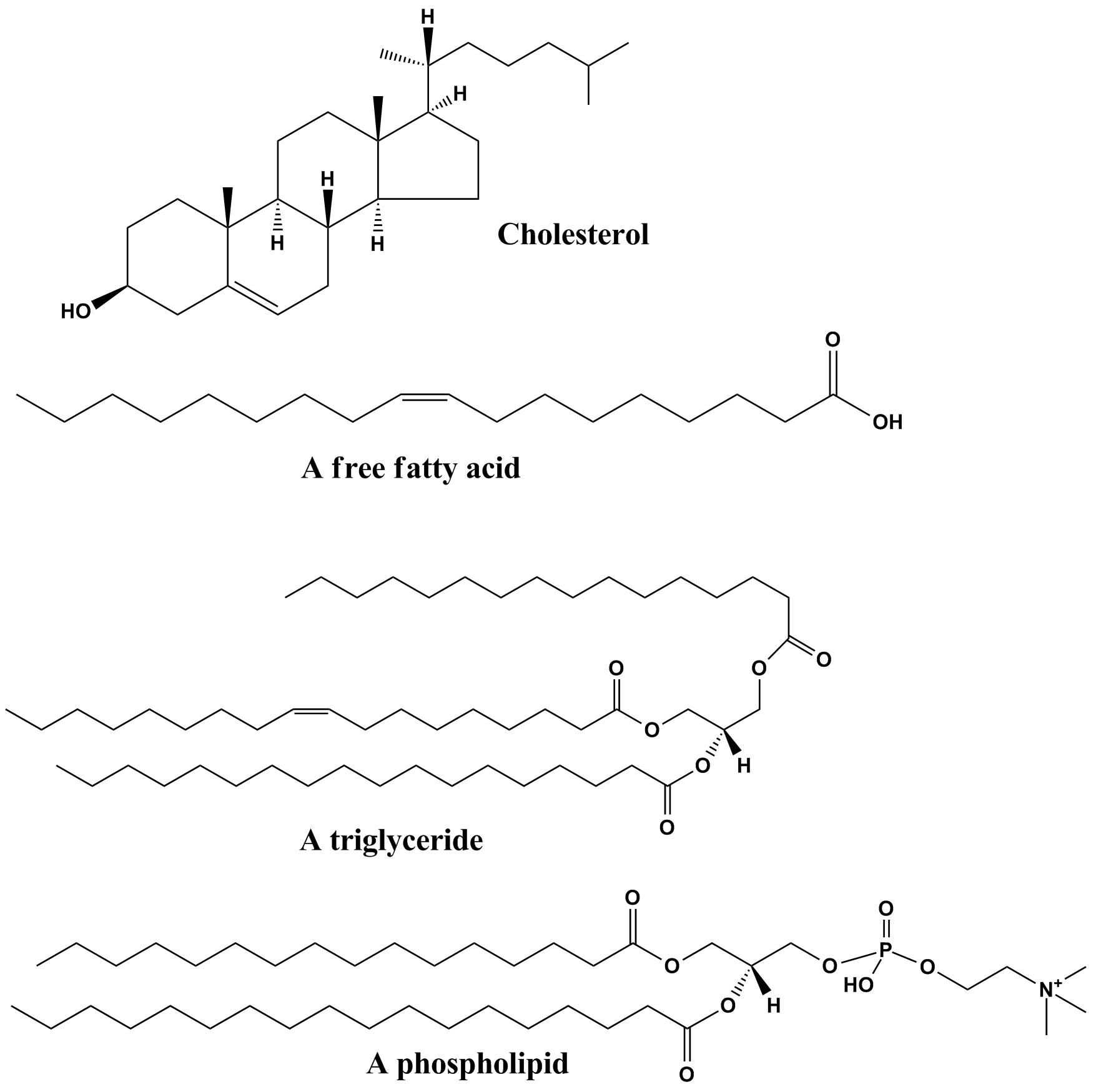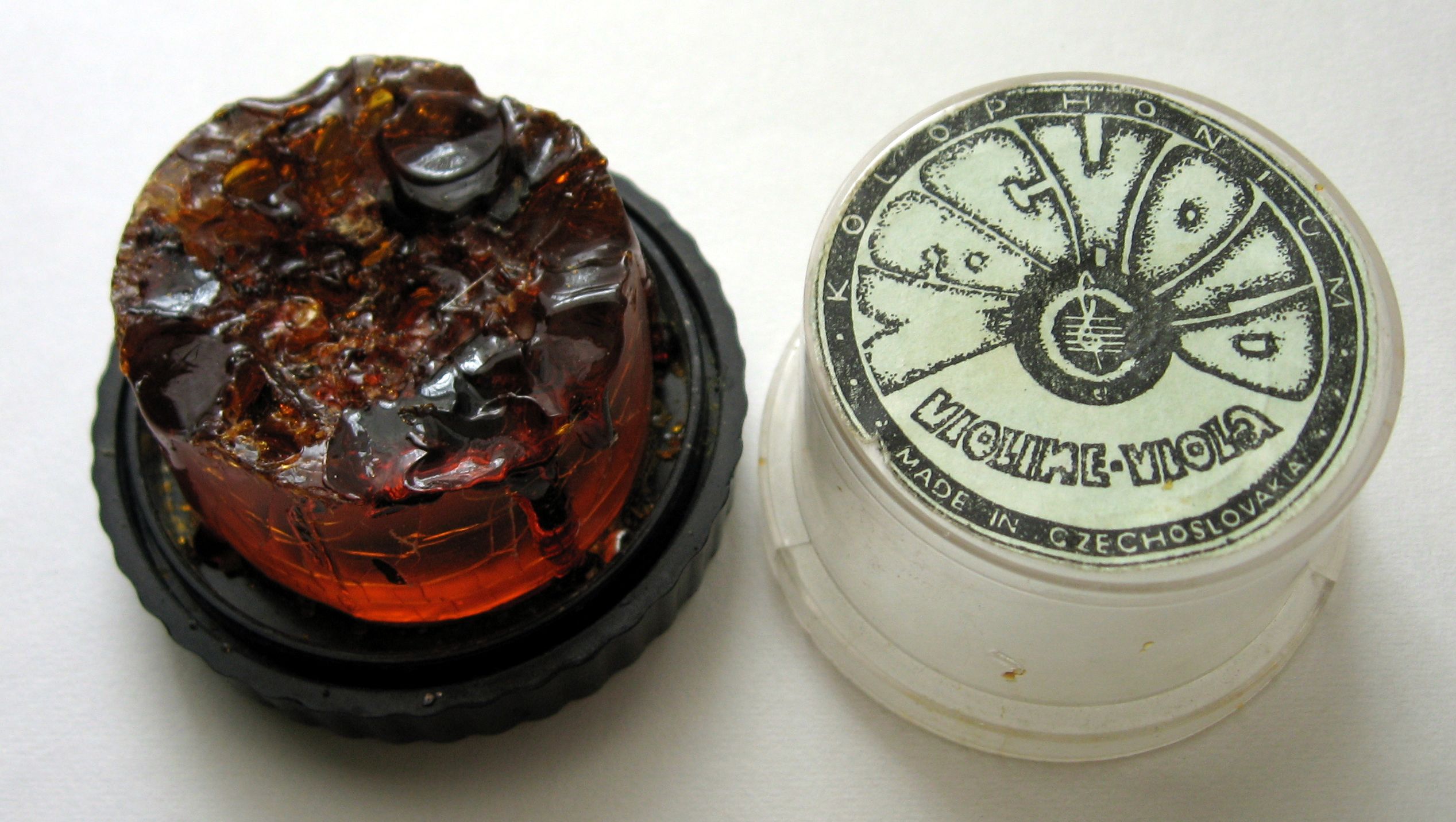|
Urostealith
Urostealith is a fatty or resinous substance identified by the Austrian chemist J. F. Heller in 1845 as the main constituent of some bladder stones. Giuliano dall'Olio (2008), ''Nuovo componente dei calcoli vescicali — L’ “urostealite ” di Heller''. (In Italian) RIMeL - IJLaM, volume 4, issue 1, Società Italiana Medicina di LaboratorioOnline versionaccessed on 2009-07-30. According to Heller's and other contemporary descriptions, urostealith is a soft brown substance, insoluble in water, sparingly soluble in alcohol and easily soluble in ether. Upon heating it softens at first, then expands and carbonizes before melting. It dissolves in solutions of sodium carbonate, and the latter was successfully used by Heller to dissolve and break up stones in a patient's bladder. Urostealith stones seem to be very rare. S. Materazzi, R. Curini, G. D'Ascenzo, and A. D. Magri (1995), ''TG-FTIR coupled analysis applied to the studies in urolithiasis: characterization of human ren ... [...More Info...] [...Related Items...] OR: [Wikipedia] [Google] [Baidu] |
Bladder Stone
A bladder stone is a stone found in the urinary bladder. Signs and symptoms Bladder stones are small mineral deposits that can form in the bladder. In most cases bladder stones develop when the urine becomes very concentrated or when one is dehydrated. This allows for minerals, such as calcium or magnesium salts, to crystallize and form stones. Bladder stones vary in number, size and consistency. In some cases bladder stones do not cause any symptoms and are discovered as an incidental finding on a plain radiograph. However, when symptoms do occur, these may include severe lower abdominal and back pain, difficult urination, frequent urination at night, fever, painful urination and blood in the urine. The majority of individuals who are symptomatic will complain of pain which comes in waves. The pain may also be associated with nausea, vomiting and chills. [...More Info...] [...Related Items...] OR: [Wikipedia] [Google] [Baidu] |
Lipiduria
Lipiduria or lipuria is the presence of lipids in the urine. Lipiduria is most frequently observed in nephrotic syndrome where it is passed as lipoproteins along with other proteins. It has also been reported as a sign following fat embolism. When lipiduria occurs, epithelial cells or macrophages contain endogenous fats. When filled with numerous fat droplets, such cells are called oval fat bodies. Oval fat bodies exhibit a "Maltese cross" configuration under polarized light microscopy. The Maltese cross appearance occurs because of its liquid-crystalline structure giving it a double refraction (birefringence Birefringence is the optical property of a material having a refractive index that depends on the polarization and propagation direction of light. These optically anisotropic materials are said to be birefringent (or birefractive). The birefrin ...). See also * Urostealith References Urine {{med-sign-stub ... [...More Info...] [...Related Items...] OR: [Wikipedia] [Google] [Baidu] |
Lipid
Lipids are a broad group of naturally-occurring molecules which includes fats, waxes, sterols, fat-soluble vitamins (such as vitamins A, D, E and K), monoglycerides, diglycerides, phospholipids, and others. The functions of lipids include storing energy, signaling, and acting as structural components of cell membranes. Lipids have applications in the cosmetic and food industries, and in nanotechnology. Lipids may be broadly defined as hydrophobic or amphiphilic small molecules; the amphiphilic nature of some lipids allows them to form structures such as vesicles, multilamellar/ unilamellar liposomes, or membranes in an aqueous environment. Biological lipids originate entirely or in part from two distinct types of biochemical subunits or "building-blocks": ketoacyl and isoprene groups. Using this approach, lipids may be divided into eight categories: fatty acyls, glycerolipids, glycerophospholipids, sphingolipids, saccharolipids, and polyketides (derived from ... [...More Info...] [...Related Items...] OR: [Wikipedia] [Google] [Baidu] |
Rosin
Rosin (), also called colophony or Greek pitch ( la, links=no, pix graeca), is a solid form of resin obtained from pines and some other plants, mostly conifers, produced by heating fresh liquid resin to vaporize the volatile liquid terpene components. It is semi-transparent and varies in color from yellow to black. At room temperature rosin is brittle, but it melts at stove-top temperature. It chiefly consists of various resin acids, especially abietic acid. The term ''colophony'' comes from , Latin for "resin from Colophon" ( grc, Κολοφωνία ῥητίνη, Kolophōnia rhētinē), an ancient Ionic city. Properties Rosin is brittle and friable, with a faint piny odor. It is typically a glassy solid, though some rosins will form crystals, especially when brought into solution. The practical melting point varies with different specimens, some being semi-fluid at the temperature of boiling water, others melting at 100 °C to 120 °C. It is very flammable, ... [...More Info...] [...Related Items...] OR: [Wikipedia] [Google] [Baidu] |
Austrian People
, pop = 8–8.5 million , regions = 7,427,759 , region1 = , pop1 = 684,184 , ref1 = , region2 = , pop2 = 345,620 , ref2 = , region3 = , pop3 = 197,990 , ref3 = , region4 = , pop4 = 40,300–65,090 , ref4 = , region5 = , pop5 = 45,530 , ref5 = , region6 = , pop6 = 21,600–25,000 , ref6 = , region7 = , pop7 = 20,000 , ref7 = , region8 = , pop8 = 16,331 , ref8 = , region9 = , pop9 = 15,771 , ref9 = , region10 = , pop10 = 14,000 , ref10 = , region11 = , pop11 = 12,000 , ref11 = , region12 = , pop12 = 10,000 , ref12 = , region13 = , pop13 = 9,800 , ref13 = , region14 = , pop14 = 9,044 , ref14 = , region15 = , pop15 ... [...More Info...] [...Related Items...] OR: [Wikipedia] [Google] [Baidu] |
Chemist
A chemist (from Greek ''chēm(ía)'' alchemy; replacing ''chymist'' from Medieval Latin ''alchemist'') is a scientist trained in the study of chemistry. Chemists study the composition of matter and its properties. Chemists carefully describe the properties they study in terms of quantities, with detail on the level of molecules and their component atoms. Chemists carefully measure substance proportions, chemical reaction rates, and other chemical properties. In Commonwealth English, pharmacists are often called chemists. Chemists use their knowledge to learn the composition and properties of unfamiliar substances, as well as to reproduce and synthesize large quantities of useful naturally occurring substances and create new artificial substances and useful processes. Chemists may specialize in any number of subdisciplines of chemistry. Materials scientists and metallurgists share much of the same education and skills with chemists. The work of chemists is often related to ... [...More Info...] [...Related Items...] OR: [Wikipedia] [Google] [Baidu] |
Johann Florian Heller
Johann Florian Heller (4 May 1813 – 21 November 1871) was an Austrian chemist who was one of the founders of clinical chemistry. Heller was born in Vienna, Austria. He studied chemistry in Prague and later with Liebig and Wöhler at Giessen. Louis Rosenfeld (1999), ''Four centuries of clinical chemistry''. CRC PressOnline versionaccessed on 2009-07-30. Giuliano dall'Olio (2008), ''Nuovo componente dei calcoli vescicali — L’ “urostealite ” di Heller''. RIMeL - IJLaM, volume 4, issue 1, Società Italiana Medicina di Laboratorio. During those studies he characterized rhodizonic acid and its potassium salt (1837). Johann Florian Heller (1837), ''Die Rhodizonsäure, eine aus den Produkten der Kaliumbereitung gewonnene neue Säure, und ihre chemischen Verhältnisse'', Justus Liebigs Annalen der Pharmacie, volume 24, issue 1, pp. 1–16Online versionaccessed on 2009-07-08. In 1844 Heller established a laboratory of pathological chemistry in Vienna's General Hospital, ... [...More Info...] [...Related Items...] OR: [Wikipedia] [Google] [Baidu] |
Ethanol
Ethanol (abbr. EtOH; also called ethyl alcohol, grain alcohol, drinking alcohol, or simply alcohol) is an organic compound. It is an alcohol with the chemical formula . Its formula can be also written as or (an ethyl group linked to a hydroxyl group). Ethanol is a volatile, flammable, colorless liquid with a characteristic wine-like odor and pungent taste. It is a psychoactive recreational drug, the active ingredient in alcoholic drinks. Ethanol is naturally produced by the fermentation process of sugars by yeasts or via petrochemical processes such as ethylene hydration. It has medical applications as an antiseptic and disinfectant. It is used as a chemical solvent and in the synthesis of organic compounds, and as a fuel source. Ethanol also can be dehydrated to make ethylene, an important chemical feedstock. As of 2006, world production of ethanol was , coming mostly from Brazil and the U.S. Etymology ''Ethanol'' is the systematic name defined by the Interna ... [...More Info...] [...Related Items...] OR: [Wikipedia] [Google] [Baidu] |
Diethyl Ether
Diethyl ether, or simply ether, is an organic compound in the ether class with the formula , sometimes abbreviated as (see Pseudoelement symbols). It is a colourless, highly volatile, sweet-smelling ("ethereal odour"), extremely flammable liquid. It is commonly used as a solvent in laboratories and as a starting fluid for some engines. It was formerly used as a general anesthetic, until non-flammable drugs were developed, such as halothane. It has been used as a recreational drug to cause intoxication. Production Most diethyl ether is produced as a byproduct of the vapor-phase hydration of ethylene to make ethanol. This process uses solid-supported phosphoric acid catalysts and can be adjusted to make more ether if the need arises. Vapor-phase dehydration of ethanol over some alumina catalysts can give diethyl ether yields of up to 95%. Diethyl ether can be prepared both in laboratories and on an industrial scale by the acid ether synthesis. Ethanol is mixed with a str ... [...More Info...] [...Related Items...] OR: [Wikipedia] [Google] [Baidu] |
Sodium Carbonate
Sodium carbonate, , (also known as washing soda, soda ash and soda crystals) is the inorganic compound with the formula Na2CO3 and its various hydrates. All forms are white, odourless, water-soluble salts that yield moderately alkaline solutions in water. Historically, it was extracted from the ashes of plants growing in sodium-rich soils. Because the ashes of these sodium-rich plants were noticeably different from ashes of wood (once used to produce potash), sodium carbonate became known as "soda ash". It is produced in large quantities from sodium chloride and limestone by the Solvay process. Hydrates Sodium carbonate is obtained as three hydrates and as the anhydrous salt: * sodium carbonate decahydrate (natron), Na2CO3·10H2O, which readily effloresces to form the monohydrate. * sodium carbonate heptahydrate (not known in mineral form), Na2CO3·7H2O. * sodium carbonate monohydrate (thermonatrite), Na2CO3·H2O. Also known as crystal carbonate. * anhydrous sodium carbonate ( n ... [...More Info...] [...Related Items...] OR: [Wikipedia] [Google] [Baidu] |






